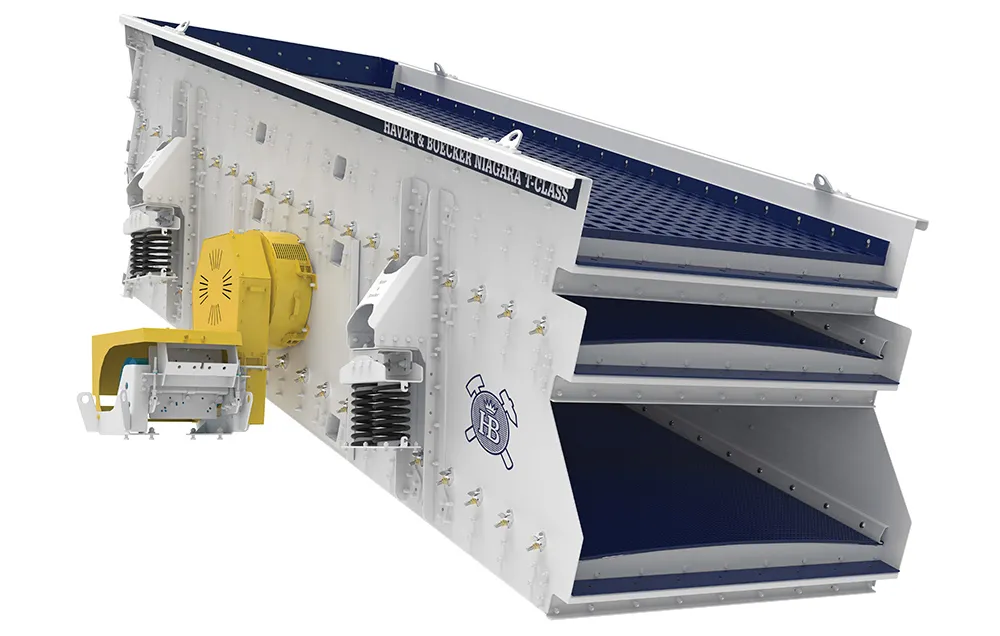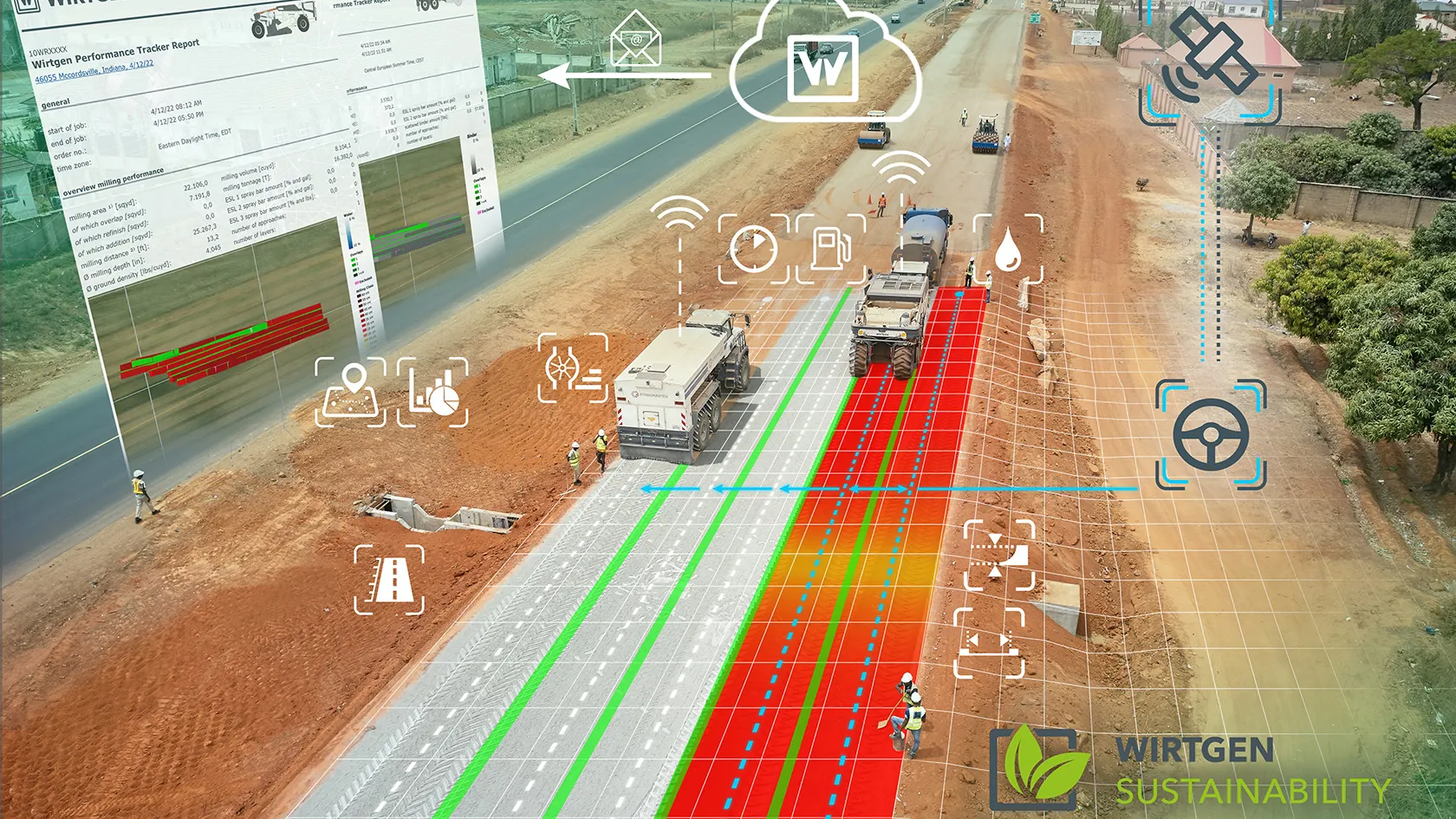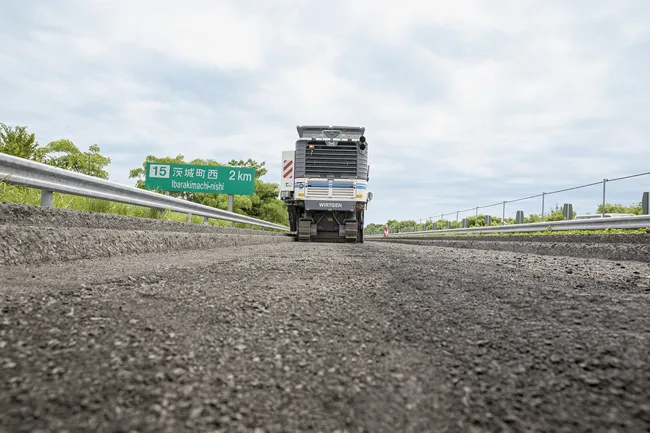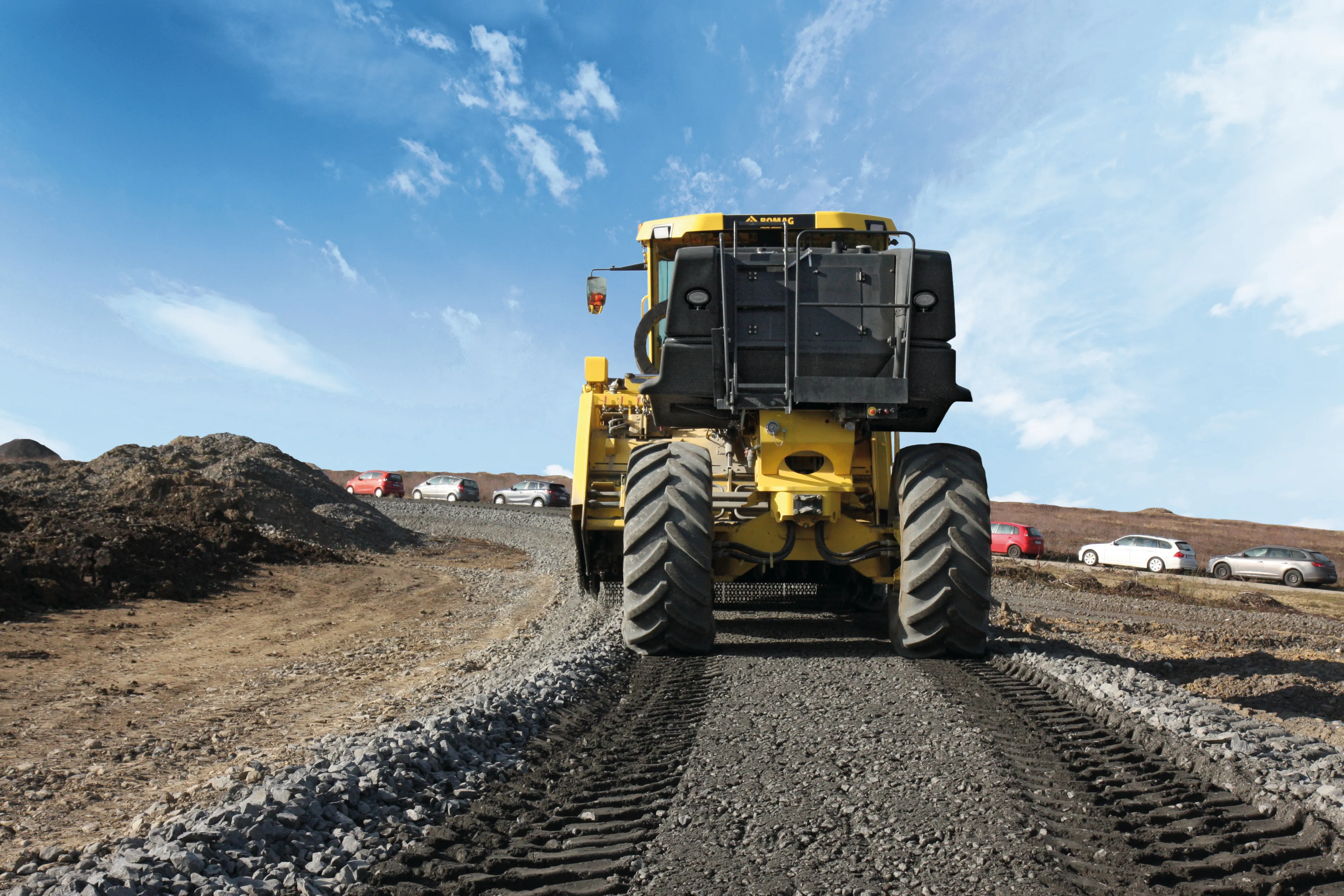A Caterpillar top hammer rig is said to be working well in a tough granite quarry operation in the US.
The MD5150C rig is out-performing down-the-hole (DTH) rigs, with higher productivity and lower fuel consumption. Of note though is the fact that the machine is also delivering comparable hole straightness to the DTH machines.
Iron Mountain Quarry is located to the south of St Louis, Missouri and the operation says that overall productivity from its Cat rig is almost double that of the earlier gener
May 11, 2015
Read time: 2 mins
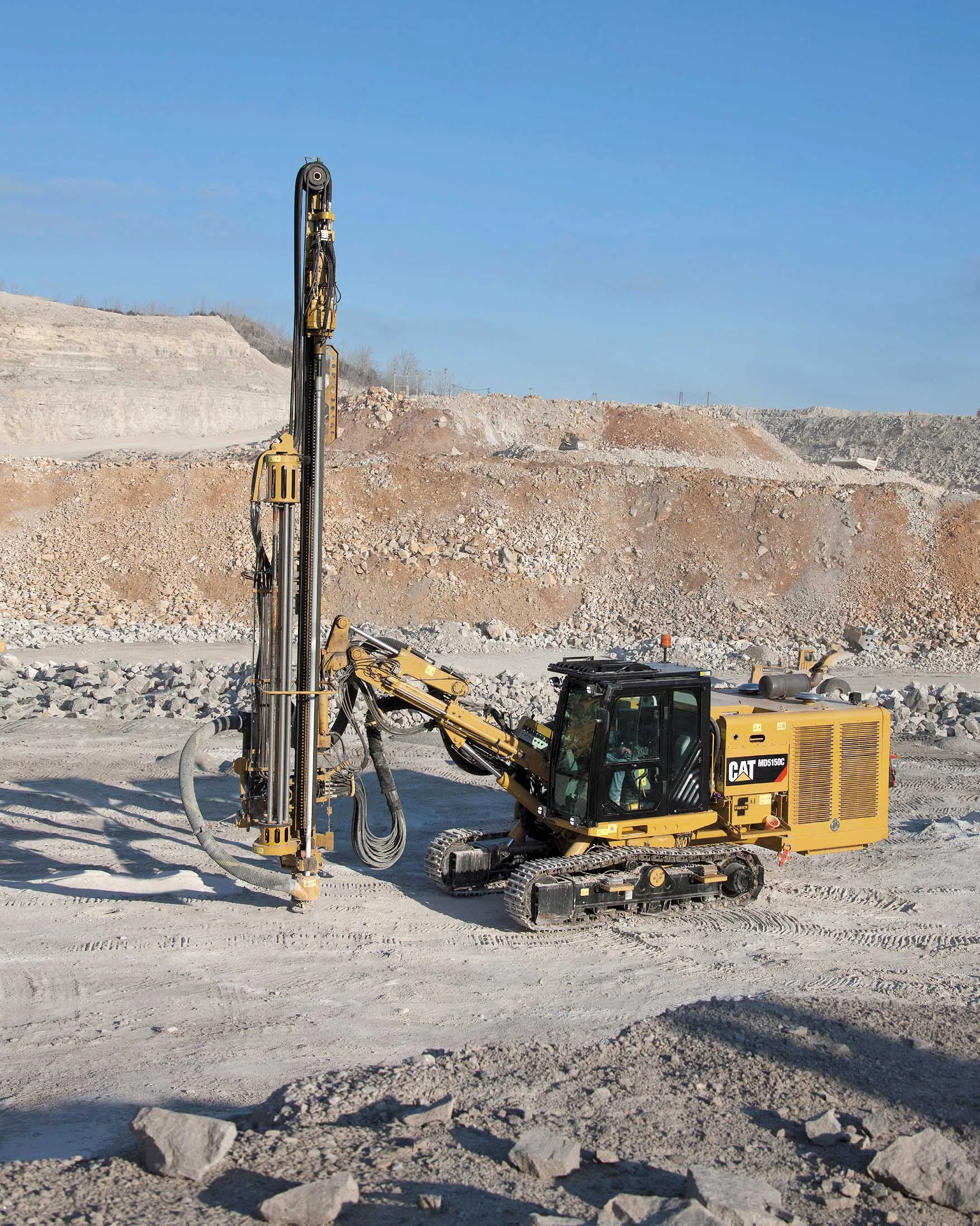
A 178 Caterpillar top hammer rig is said to be working well in a tough granite quarry operation in the US.
The MD5150C rig is out-performing down-the-hole (DTH) rigs, with higher productivity and lower fuel consumption. Of note though is the fact that the machine is also delivering comparable hole straightness to the DTH machines.
Iron Mountain Quarry is located to the south of St Louis, Missouri and the operation says that overall productivity from its Cat rig is almost double that of the earlier generation DTH drill the operation already has onsite. Key features of the machine’s productivity include the efficient Cat HPR6832 hydraulic rock drill, the new carousel rod changer and the efficient Cat C11 Engine.
While penetration rates are high, the cost/m drilled are also said to be low, which is helping Iron Mountain deliver good cost efficiency. The rig is used to drill 140mm diameter holes to depths of 21.33m, using 68mm diameter drill rods. The bits can last 335-366m, which is the same consumption rate as the previous DTH rig. Fuel consumption and drill road wear, on the other hand, is lower than for the DTH drill. According to Caterpillar, owning and operating cost are lower while the simple rock drill design allows it to be serviced in the field.
Earlier trials at a Tower Rock limestone quarry near St Genevieve, Missouri showed similar good performance for the Cat drill. The site has softer rock conditions and the MD5150C outpaced a DTH drill. Austin Powder carried out a bore tracking test, while the results showed a hole deviation rate with the MD5150C rig was within the desired range. This last is of note as while tophammer rigs are known for their productivity, DTH machines are known for hole straightness. Achieving good hole straightness with a tophammer machine is of note. This point is crucial for efficient blasting and deviation of blastholes reduces blasting efficiency and results in greater percentages of fines that go to waste or oversized material that requires secondary breaking, further adding to quarrying costs.
The MD5150C rig is out-performing down-the-hole (DTH) rigs, with higher productivity and lower fuel consumption. Of note though is the fact that the machine is also delivering comparable hole straightness to the DTH machines.
Iron Mountain Quarry is located to the south of St Louis, Missouri and the operation says that overall productivity from its Cat rig is almost double that of the earlier generation DTH drill the operation already has onsite. Key features of the machine’s productivity include the efficient Cat HPR6832 hydraulic rock drill, the new carousel rod changer and the efficient Cat C11 Engine.
While penetration rates are high, the cost/m drilled are also said to be low, which is helping Iron Mountain deliver good cost efficiency. The rig is used to drill 140mm diameter holes to depths of 21.33m, using 68mm diameter drill rods. The bits can last 335-366m, which is the same consumption rate as the previous DTH rig. Fuel consumption and drill road wear, on the other hand, is lower than for the DTH drill. According to Caterpillar, owning and operating cost are lower while the simple rock drill design allows it to be serviced in the field.
Earlier trials at a Tower Rock limestone quarry near St Genevieve, Missouri showed similar good performance for the Cat drill. The site has softer rock conditions and the MD5150C outpaced a DTH drill. Austin Powder carried out a bore tracking test, while the results showed a hole deviation rate with the MD5150C rig was within the desired range. This last is of note as while tophammer rigs are known for their productivity, DTH machines are known for hole straightness. Achieving good hole straightness with a tophammer machine is of note. This point is crucial for efficient blasting and deviation of blastholes reduces blasting efficiency and results in greater percentages of fines that go to waste or oversized material that requires secondary breaking, further adding to quarrying costs.


